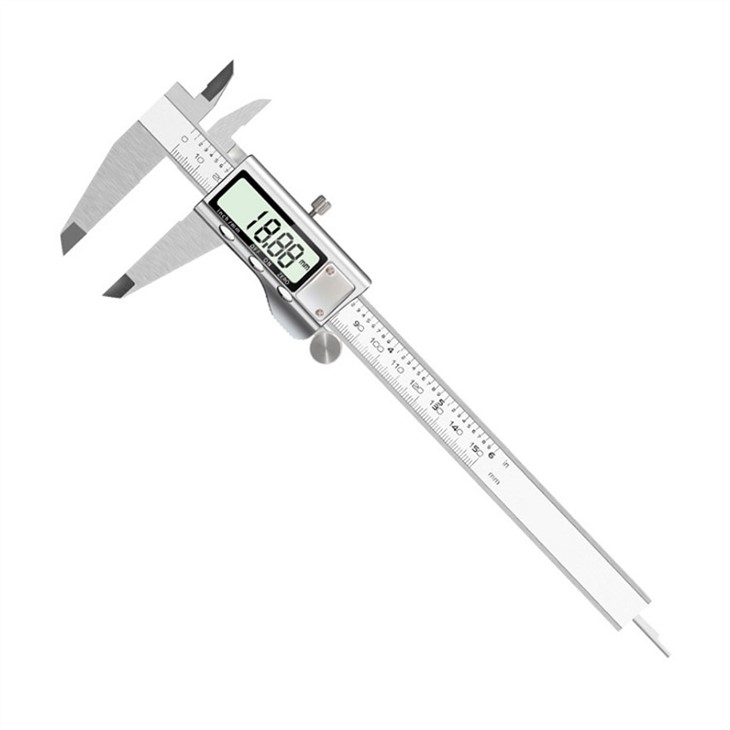
- Seen : 355 View
Common vernier calipers can be divided into three kinds according to their accuracy: namely, 0.1 mm, 0.05 mm and 0.02 mm. Vernier calipers with accuracy of 0.05 mm and 0.02 mm. Their working principle and using method are the same as the vernier calipers with an accuracy of 0.1 mm introduced in this paper. A vernier caliper with an accuracy of 0.05 mm has 20 equal marks on the vernier for a total length of 19 mm. When measuring, if the eleventh scale line on the vernier is aligned with the main ruler, the reading of the decimal part will be 11/20 mm =0.55 mm. If the twelfth scale line is aligned with the main ruler, the reading of the decimal part will be 12/20 mm =0.60 mm.
Preservation Methods
After using the vernier calipers, wipe them clean with cotton yarn. When not used for a long time, it should be rubbed with butter or oil, the two measuring claws close and tighten the fastening screws, and put them into the caliper box to cover well.
The vernier caliper has 4 minimum reading values: 0.1 mm (10 scale on the vernier), 0.05 mm (20 scale on the vernier), 0.02 mm (50 scale on the vernier) and 0.01 mm (100 scale on the vernier)
Reading Vernier Calipers:
When reading the first vernier zero scale line is accurate to read the millimeter integer on the ruler body, that is, the integral part of the unit of millimeter. Then look at the vernier on the scale line aligned with the scale line of the ruler body, such as the 6th scale line aligned with the scale line of the ruler body, then the decimal part is 0.6 mm (if there is no line just aligned, take the line closest to alignment for reading). If there is zero error, then all use the above results minus zero error (zero error is negative, equivalent to adding the same size of zero error), the reading result is: L= integer part + fractional part - zero error to determine which scale line on the cursor is aligned with the scale line of the ruler body, the following methods can be used: Selected adjacent three lines, such as the left side of the line in the feet of a body to the right of the corresponding line, line on the right side of the left, the ruler body corresponding to the line in the middle of the line can be considered to be aimed at the L = alignment calibration + n on the cursor before the scale line aligned with the scale line ruler body * (times) dividing value if need to measure average several times, do not need to minus zero error every time, You just subtract the zero error from the final result.
Saler Company Information










